Geoscience Reference
In-Depth Information
K
window
U
window
Th
window
K
window
U
window
Th
window
a)
Potassium
10
2
Unscattered
γ
-rays,
energy = 1.460 MeV
10
1
10
0
1.460 MeV
(
40
K)
10
-1
γ
-rays that have lost
energy through
Compton scattering,
energy <1.460 Me V
10
-2
10
-3
0
1.0
2.0
3.0
0
1.0
2.0
3.0
Energy (MeV)
Energy (MeV)
b)
Uranium
10
2
0.609 MeV
(
214
Bi)
10
1
10
0
0.352 MeV (
214
Pb)
10
-1
0.295 MeV (
214
Pb)
1.765 MeV
(
214
Bi)
10
-2
10
-3
0
1.0
2.0
3.0
0
1.0
2.0
3.0
Energy (MeV)
Energy (MeV)
c)
Thorium
10
2
10
1
10
0
2.614 MeV
(
208
Tl)
10
-1
10
-2
10
-3
0
1.0
2.0
3.0
0
1.0
2.0
3.0
Energy (MeV)
Energy (MeV)
Figure 4.6
Energy spectra of
γ
-rays produced by the decay of the three main naturally occurring radioelements. Line spectra are shown on the
left, whilst on the right are shown simulated spectra incorporating the effects of Compton scattering for a source and receiver separated by
300 m of air, (a)
40
K series, (b)
238
U series, and (c)
232
Th series. Also shown are the three standard energy windows used to measure
γ
-rays
originating from these radioelements. Redrawn, with permission, from Minty (
1997
).
measurement of radioactivity. For example, if 10 emissions
are measured over an integration period of one second the
error is 32%. However, if the same rate of emission is
detected over a longer integration period of, say, 10
seconds to measure approximately 100 counts, the error
reduces to 10%; and 1000 counts results in an error of 3%.
Measurements made over an integration period of one
second can range from just a few counts to many tens of
thousands of counts for highly radioactive uranium
deposits. Ideally, the counting (integration) period should
be longer in areas of low radioactivity where count rates
are small. In practice it is kept constant, since determining
levels of radioactivity is the purpose of the survey. This is
an example of the geophysical paradox (see
Section 1.3
).
% Error
100
80
60
40
32% Error
20
10% Error
3% Error
0
1
10
100
1000
10,000
Counts
Figure 4.7
Statistical measurement error versus the number of
emission counts recorded, calculated from
Eq. (4.7)
.


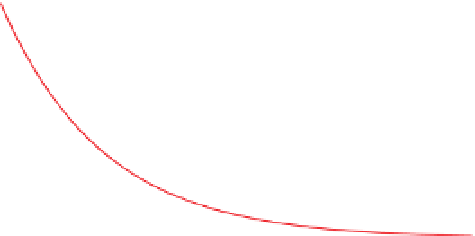






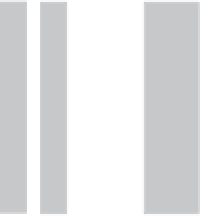

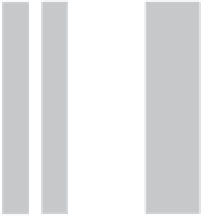
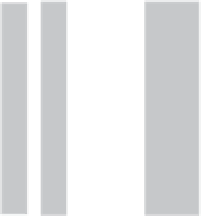
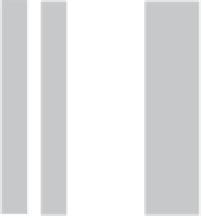



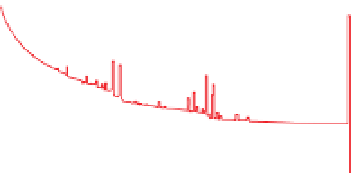
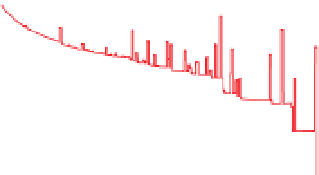
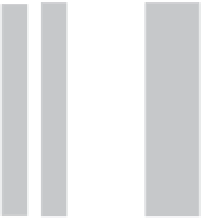
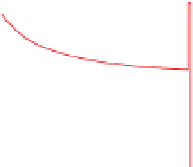






































































































































Search WWH ::

Custom Search